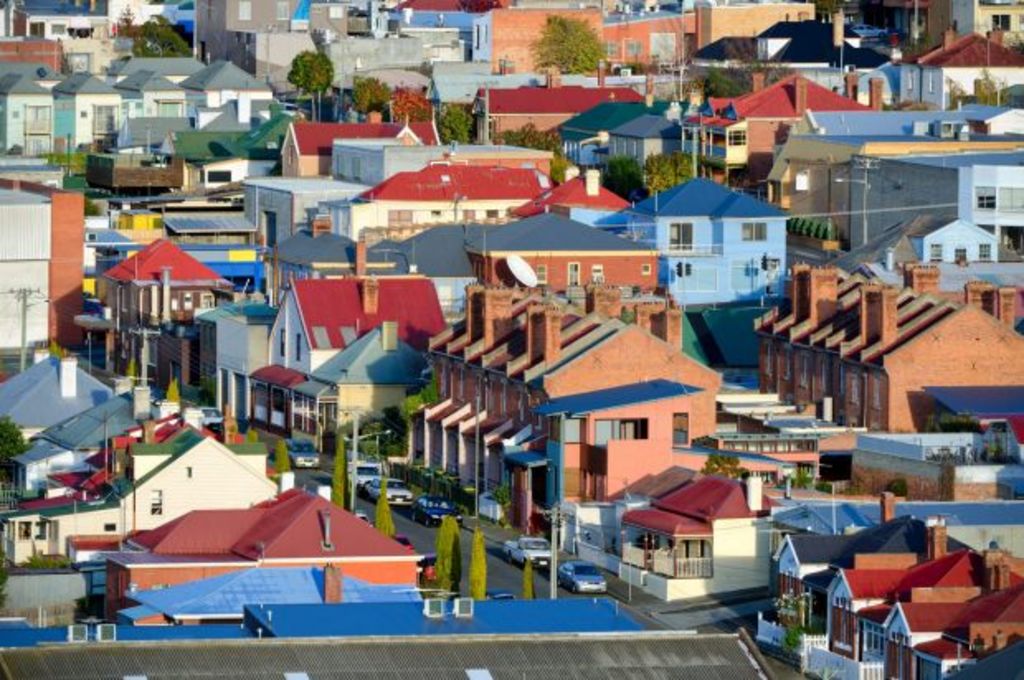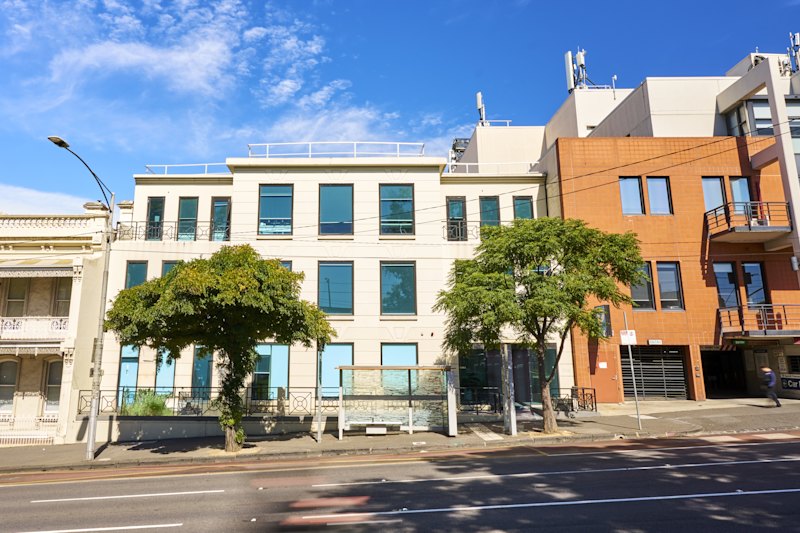'Tassie is so hot right now': Interstate migrants head to Hobart as temperatures rise

Climate change could play an increasingly important role in where we choose to live, with experts saying more Australians are looking to Tasmania as temperatures rise.
While housing affordability, employment and lifestyle opportunities are the key factors that shape where people move, anecdotal evidence suggests concern about climate change is becoming a motivating factor.
Among those who have made the move is Jason Byrne, a professor of human geography and planning at the University of Tasmania.
Rising temperatures were among the reasons he decided to relocate his family from the Gold Coast to Hobart this year, and he’s not alone.
“In the conversations I’m having on a weekly basis … one of the reasons [why people have] moved is to escape the heat,” Dr Byrne said.
“We had noticed as a family that the temperatures were increasing in the Gold Coast, especially in winter. That might seem pleasant at the moment but it won’t be long term.”
But climate change wasn’t the only reason the family moved and while Dr Byrne acknowledged the issue currently ranked lowly — or not at all — as a motivating factor for most, he expected that to change.
“In the next two decades it will become increasingly apparent, with people who can’t afford to cool their houses in the stinking heat … deciding to move.”
University of Tasmania demographer Lisa Denny, a research fellow at the Institute for the Study of Social Change, agreed climate change was likely to become a bigger factor.
“It’s ranks pretty low [at the moment],” she said. “But I think people’s awareness of its impact on where they live will definitely increase, but whether they’re prepared to move away is another matter.”
In addition to the risks and discomfort resulting from increasing heat waves and other extreme weather events, Dr Denny said rising insurance premiums in areas at risk of flooding, bush fires and rising sea levels could motivate people to move.
Dr Denny said while most interstate migrants moving to Tasmania were from Melbourne or Sydney, an increasing number were coming from south-east Queensland, northern NSW, Cairns and Perth — areas more subject to extreme weather.
But these movements were more likely to be tied to economic performance, she said, and certain lifestyle locations losing their competitive edge as property prices rose.
Dr Denny is working with other experts on a project proposal to research migrant behaviour, as more data is needed on why people move.
With Tasmania experiencing its fastest population growth in a decade, Dr Denny said more research on the reasons for migration was crucial so governments could plan for future growth.
The state’s increasing popularity isn’t just a result of economic and cultural transformations, according to Tom Remenyi, a climate research fellow at the Antarctic Climate and Ecosystems Cooperative Research Centre.
“Pardon the pun, but Tassie is so hot right now,” he said, adding that Tasmania’s own rising temperatures were making it a more appealing place to live, for now.
Dr Remenyi said that since the 1970s there had been a temperature rise of about one degree across Tasmania, which had made it possible for a wider variety of grapes to be ripened and allowed other produce to reach harvest date earlier, reducing the risk of damage.
With Hobart was anticipated to eventually have a climate similar to that of Melbourne today, Dr Remenyi said there would be a general improvement over the next 10 to 20 years as Tasmania moved to a more moderate climate.
But global warming also brings risks for the state, such as increased fire danger, bio security risks and decreased rainfall. However Dr Remenyi said the threats would be “bigger and nastier” in other states.
Dr Remenyi said heat waves would be most intense in NSW and South Australia, while Dr Byrne said south-east Queensland would feel the impact of the tropics, and cyclone belt, moving further south.
Both identified western Sydney as an area people would leave behind, with those on lower incomes unable to afford to continuously cool properties as temperatures approached 50 degrees.
We recommend
We thought you might like
States
Capital Cities
Capital Cities - Rentals
Popular Areas
Allhomes
More







